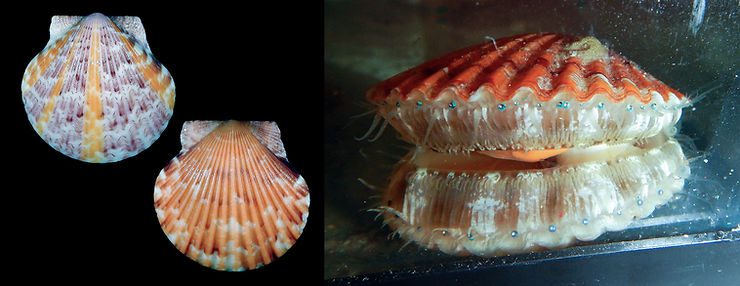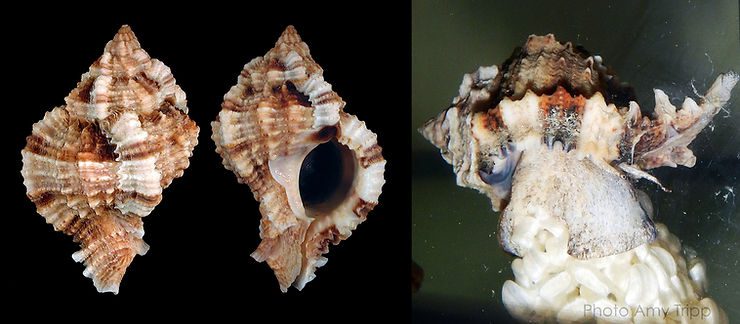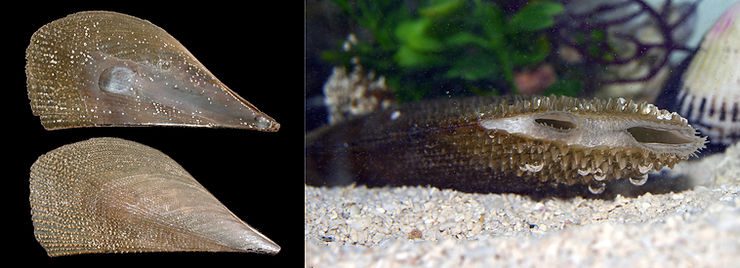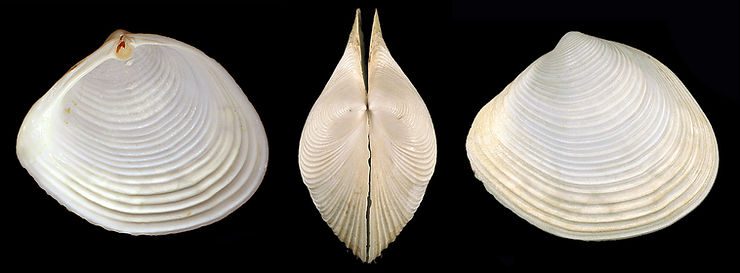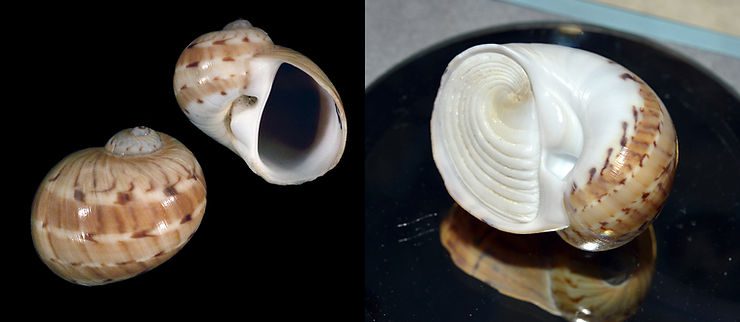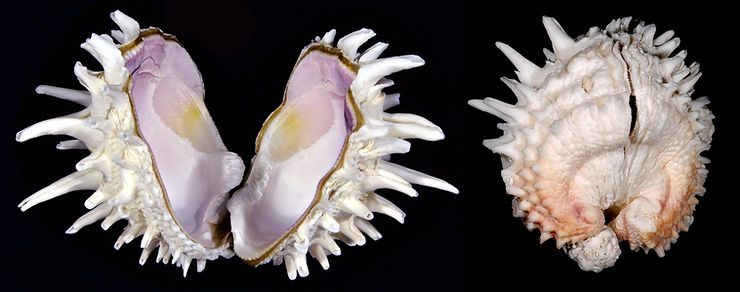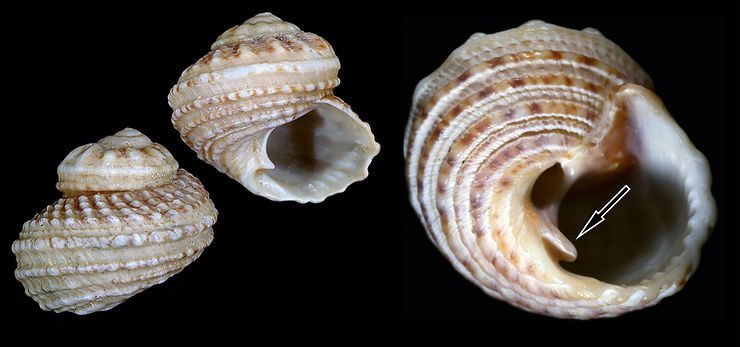
The Button Snail
The Button Snail, Modulus modulus (Linnaeus, 1758) is another local species that shows great variation in shell shape: some are stocky, others are taller, some light-gray in color, others mottled with brown flecks, some with tiny modules on the shell surface, others with smooth shell. Button Snails belong to the gastropod family Modulidae, and feed on microalgae and seaweed detritus. The shell aperture typically shows a strong chink, or notch, which forms a tooth-like lamellae, indicated by an a
